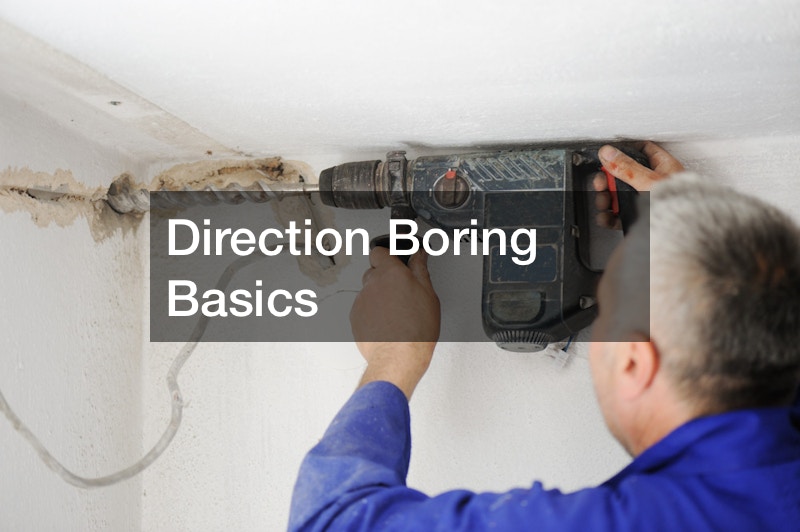Direction Boring Basics

Directional boring, which is otherwise known as horizontal directional drilling (HDD), is a method of underground pipe installation that has revolutionized the construction industry. Rather than the traditional trenching method, directional drills for boring allow for the installation of pipes, cables, and other utilities with minimal surface disruption.
The process works by drilling a pilot hole from one point to another underground, guided by specialized drilling equipment and tracking devices. After establishing the pilot hole, a larger hole is drilled back to the starting point, and the pipe or cable is pulled through the hole.
One of the main benefits of directional drilling or boring is the ability to install underground utilities with minimal disruption to the surrounding area. This is particularly useful in urban areas, where traditional trenching methods would cause significant disruption to roads, buildings, and other structures.
Directional drilling or boring is also more environmentally friendly than traditional trenching methods, as it reduces the amount of soil excavation and disturbance, which can help to preserve natural habitats and reduce the risk of soil erosion.
In addition, boring can be more cost-effective than traditional trenching methods, as it reduces the need for costly restoration and repair work after the installation is complete.
Overall, directional boring has become a popular and effective method of underground utility installation for both commercial and residential projects these days. By minimizing surface disruption, reducing environmental impact, and reducing costs, boring offers a practical and sustainable solution for the modern construction industry.
.




Leave a Reply